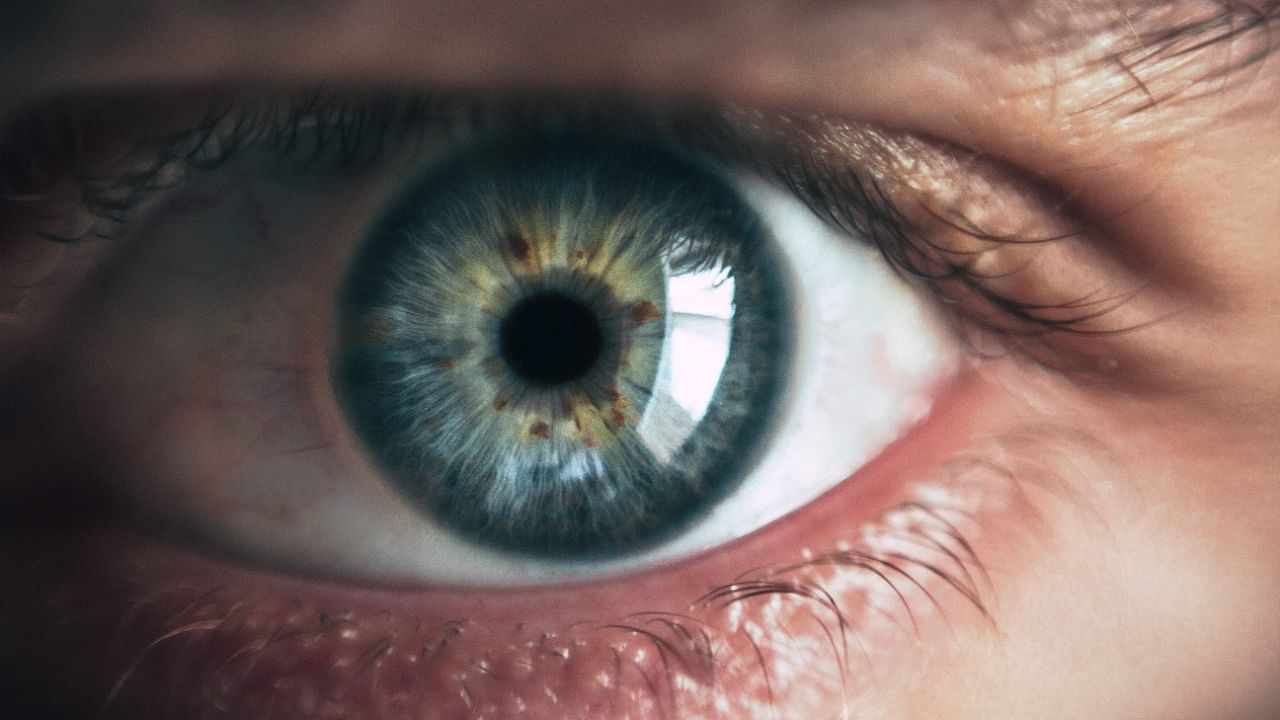
If the fictional detective Sherlock Holmes was so adept in his fictional powers of observation, it is because he was not afflicted by his maker with a phenomenon called “change blindness”. Unfortunately, this is not the case with most real humans, scientists have found.
The human brain may have the remarkable ability to pay attention to detail, but it can sometimes fail to notice even marked differences. This phenomenon, called “change blindness”, was the focus of research by a group at the Centre for Neuroscience and the Department of Computer Science and Automation at the Indian Institute of Science (IISc).
Change blindness is sometimes associated with driving accidents due to motorists being unable to detect changes in the environment, faulty eyewitness testimony, errors at the workplace and even slip-ups during social interactions, such as asking the wrong waiter for the bill.
Using a new computational model to track eye movement the scientists set about predicting a person’s ability to detect changes in their visual environment. They said that they now believe that successful “change detection” may be linked to enhanced visual attention — how some people are better at selectively focusing on specific objects.
In the study, the team checked for change blindness among 39 people by showing them alternating, flashing pairs of images with minor differences between them.
“We expected some complex differences in eye movement patterns between subjects who could do the task well and those who could not. Instead, we found some simple gaze-metrics that could predict the success of change detection,” Sridharan Devarajan, Associate Professor at the Centre for Neuroscience, and corresponding author of the paper.
Successful change detection was found to be linked to two metrics: how long the gaze of people was fixated at a point, and variations in the path taken by their gaze as the eye travelled between two specific points.
Subjects who fixated for longer at a particular spot, and whose eye movements were less variable were found to detect changes more effectively.
Based on these observations, the researchers developed a computational model that can predict how well a person might be able to detect changes in a sequence of similar images shown to them.
The authors say that the insights into understanding change blindness provided by their model could help scientists better understand visual attention and its limitations.
Some examples of areas where such insights can be applied include diagnosing neurodevelopmental disorders like autism, plus improving road safety and enhancing the reliability of eyewitness testimonies.
The study was published in the journal PLoS Computational Biology.